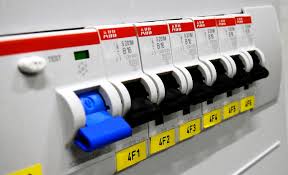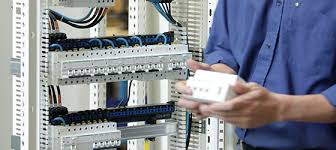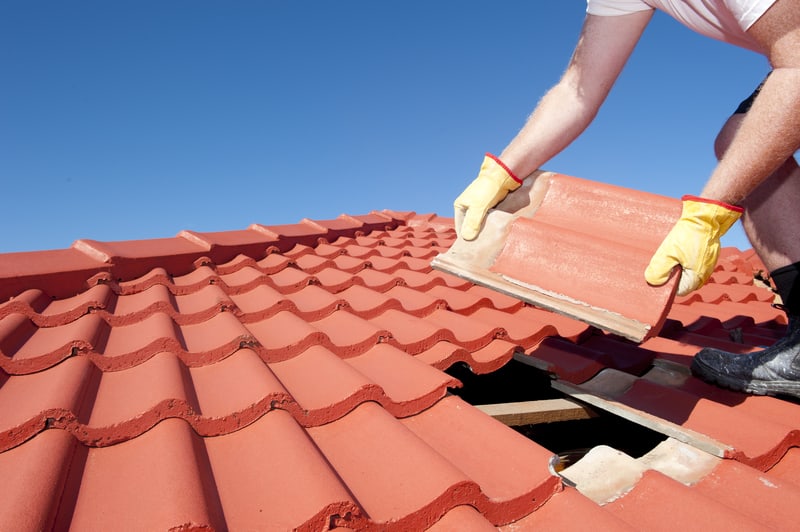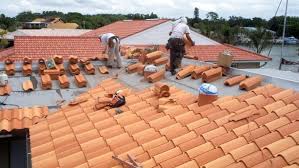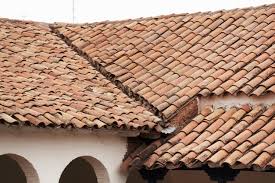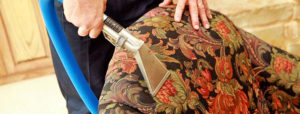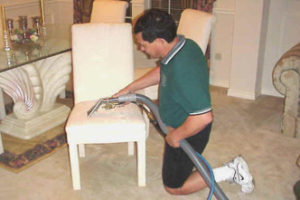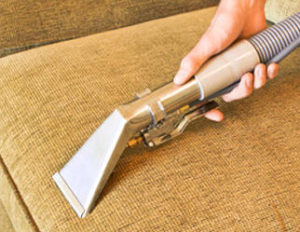Tips for Identifying Light Switches in Your Home
Switch Designs
Switches also come in several designs:
- Push-Button Switches. Push-button designs are less common than others. This design sports a button that connects or disconnects the circuit when pushed. Some models offer spring-loaded designs that return buttons to their original position after being pushed. Other push-button switches stay depressed when pushed and click back to their original position when the circuit is disconnected.
- Toggle Switches. Toggle switches are the most common. Toggle designs use a lever that’s angled in an on or off position. Moving the toggle up or down connects or disconnects the circuit.
- Selector Switches. These switches include a rotary knob or lever that allows users to select different lighting settings. Selector switches also come in a two-mode design. Two-mode selector switches normally only offer an on or off setting.
- Proximity Switches. Proximity switches use motion-sensing technology to switch lights on or off. Motion-sensing designs are popular in modern and energy-conscious homes and businesses. Proximity switches vary in terms of customization and out-of-the-box features.
- Photoelectric Switches. Photoelectric switches use a sensor to measure the level of light in a room and adjust the lights accordingly. Streetlights and light posts are common photoelectric applications. But recent innovations have outfitted residential lighting with similar technology. Many homeowners use photoelectric lightings for porches and backyards.
- Dimmer Light Switches. Dimmer switches allow you to find the ideal amount of light for any setting. The dimmer design is perfect for living rooms, dining rooms, and other areas of your home that call for ambiance. Some dimmers require special bulbs. Be sure to speak to a professional before installing dimmers.
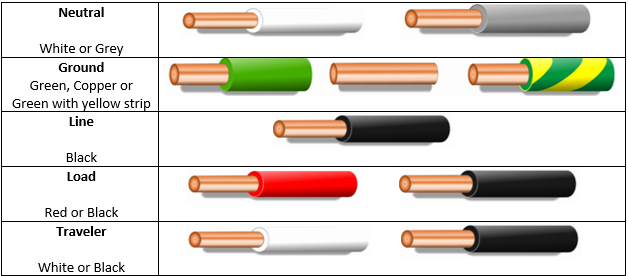
Tips for Identifying Wires in your Switch Wall Box
- An easy way to identify the wires in your wall box is by looking at the color.
- The Load wire is usually coming from the top of the box. The Line wire is usually coming from the bottom of the box.
- Before removing the switch, test each wire with a voltage tester.
- If you’re replacing a current 3-way switch, make sure to mark which wires are connected to the brass screws. Those are the traveler wires and are not needed for the C by GE Smart Switch.
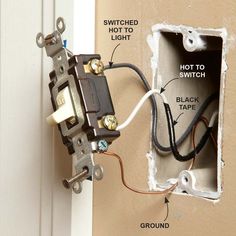
Find Hidden Command Line Silent Switches for Setup Files
If you want to Install a piece of software, it’s obviously very easy to do generally speaking. Just run the setup file, agree to the license agreement, select destination location to install, confirm the program’s shortcut location, create desktop and tray icon, and finally install. It looks like many steps are involved but we usually just ignore all those and continue clicking Next until the setup completes. Obviously, these days you have to be a bit more careful because of all the extra options during installation such as installing toolbars etc, but it’s still pretty fast and easy with common sense applied.
Installing an application one time on your computer is not a problem but what if you have just installed Windows and have loads to install? Or worse still, what if you need to install applications on several computers? Sitting there and installing each program manually can be frustrating and a huge waste of time and something you’re not going to enjoy doing. Do we all want an easier solution? Of course we do!
The useful things is, there are hidden command line switches in most installer packages or setup files which be can used to bypass all those confirmation message boxes. With these commands you can install just about anything automatically, if you know the commands to use. Some software developers will include the command line switches in their documentation but many do not and you have to search the internet to find what they are.
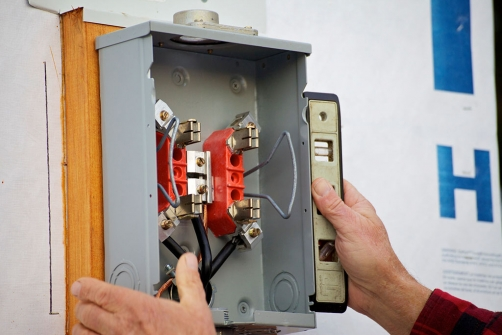
Ways to Screw up a Switch Installation
In its simplest form, an electrical switch is a humble device. For example, a single-pole, single-throw 15A snap switch consists of a pair of electrical contacts that can be opened or closed manually. A snap switch is spring loaded so that it opens and closes quickly, minimizing arcing, which otherwise would burn the contacts. Of course there are more elaborate types of switches, including:
- Double-pole, which are capable of simultaneously switching two ungrounded conductors such as in a 240V circuit.
- Triple-pole, for 3-phase circuits.
- Electrically or pneumatically powered switches for very large loads.
- 3- and 4-way switches, which permit users to control a load from more than one location.
- Circuit breakers, which provide overcurrent protection as well as a switching function.
- Molded-case switches that resemble circuit breakers. They plug into an entrance panel and pick up power from the bus bars(s) but do not offer overcurrent protection.
- Isolating switches, which are not intended to interrupt a load.
All non-utility switch installations in residential, commercial, and industrial settings must meet National Electrical Code (NEC) requirements where enacted. In most jurisdictions, the finished installation is inspected prior to use. Since switches are a very visible part of the installation, the electrical inspector almost always sees misapplications and NEC violations because they are out in the open. This gallery features some of the more common violations in switch installations.
How to replace a light switch
Never take risks with electrical safety. Before you start any type of electrical work, you must follow these following safety precautions:
Remember to switch off the mains power at the consumer unit/fuse box. Isolate the circuit you plan to work on by removing the circuit fuse. Put this in your pocket to avoid accidental replacement
Or switch off the breaker and lock it if you can
Attach a note to the unit to advise you are working on the circuit.
Check the circuit is dead with a socket tester or voltage tester/meter for lighting circuits. These confirm whether circuits are dead and safe to work on
Check all finished work with a socket tester (or voltage tester for lighting circuits) before using
For your safety, these products must be installed in accordance with local Building Regulations. If in any doubt, or where required by the law, consult a competent person who is registered with an electrical certification scheme. Further information is available online or from your local authority.
Be cautious when opening up multi-way switches. The lights they control should take power from the same circuit, but if yours are incorrectly wired and take power from different circuits, there will be live cables at each switch position when one circuit is isolated. There is more than one method of wiring multi-way lights. If yours does not match the system shown here, that doesn’t necessarily mean they are unsafe.
